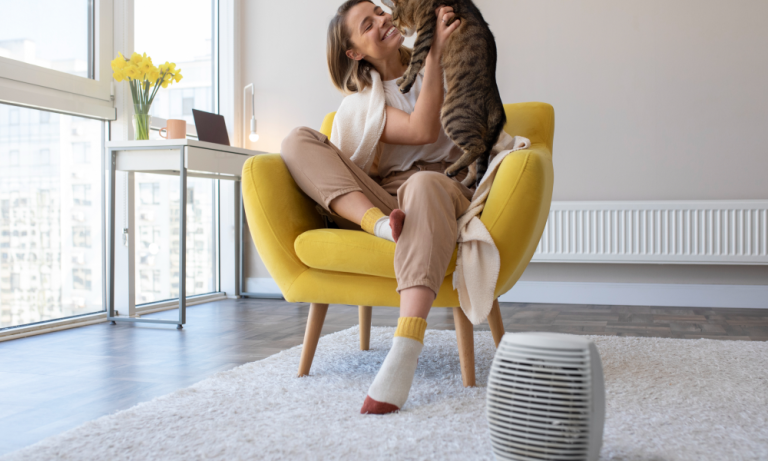Pet owners understand the challenge of maintaining a clean and healthy home environment. Despite regular grooming and cleaning, pet dander, hair, and odors can linger, causing discomfort for both pets and humans. An effective solution to this problem is investing in a high-quality pet air purifier. This article will guide you through the top features to consider when selecting the best pet air purifier for your home.
Filter Types
The first crucial feature to consider is the type of filter used in the air purifier. HEPA (High-Efficiency Particulate Air) filters are the gold standard for trapping pet dander, hair, and allergens. They can capture particles as small as 0.3 microns with an efficiency of over 99.97%. For optimal performance, look for air purifiers with True HEPA filters, as they are tested and certified to meet these stringent standards.
Additionally, consider air purifiers with activated carbon filters, which excel at removing pet odors, gases, and volatile organic compounds (VOCs). Some models also include pre-filters that trap larger particles, extending the life of the HEPA filter. For homes with multiple pets or severe allergies, it may be beneficial to invest in an air purifier with a multi-stage filtration system, which provides comprehensive protection against various pollutants.
Size and Room Coverage

When selecting an air purifier, consider the size of the room where it will be placed. A pet air purifier’s effectiveness is often determined by its ability to circulate and clean the air in a given space. Look for the Clean Air Delivery Rate (CADR), which measures an air purifier’s efficiency in removing pollutants such as smoke, dust, and pollen. A higher CADR indicates better performance.
As a general guideline, choose an air purifier with a CADR suitable for the room’s square footage. For example, an air purifier with a CADR of 200 is ideal for rooms up to 200 square feet, while a CADR of 300 is recommended for spaces up to 300 square feet. Furthermore, ensure that the air purifier can exchange the air in the room at least two to three times per hour for optimal results.
Noise Levels
Noise level is another essential factor to consider when purchasing a pet air purifier. Loud and disruptive operation can be distracting, especially when using the air purifier in living spaces or bedrooms. Fortunately, many modern air purifiers offer various fan speeds, allowing users to adjust the noise level according to their preferences.
When assessing noise levels, check the decibel (dB) ratings provided by the manufacturer. Lower dB ratings indicate quieter operation. For comparison, a whisper typically registers around 30 dB, while a normal conversation is approximately 60 dB. Opt for an air purifier with a dB rating of 50 or lower for peaceful operation.
Conclusion
Investing in a high-quality pet air purifier can significantly improve the air quality in your home, reducing pet-related allergens and odors. By considering crucial factors such as filter types, size, noise levels, and additional features, you can ensure that the air purifier you choose effectively addresses your pet-related air quality concerns.


Comments are closed.